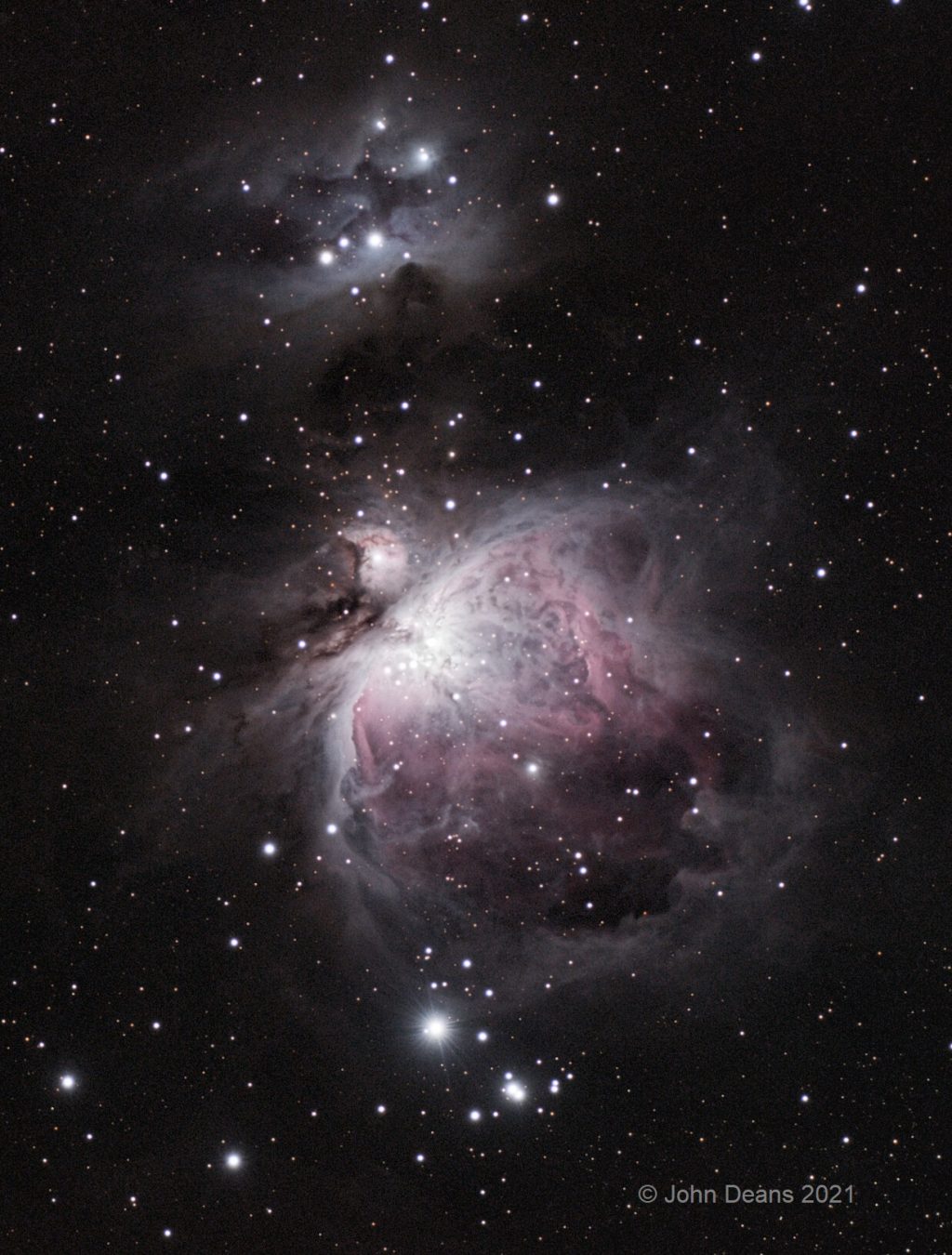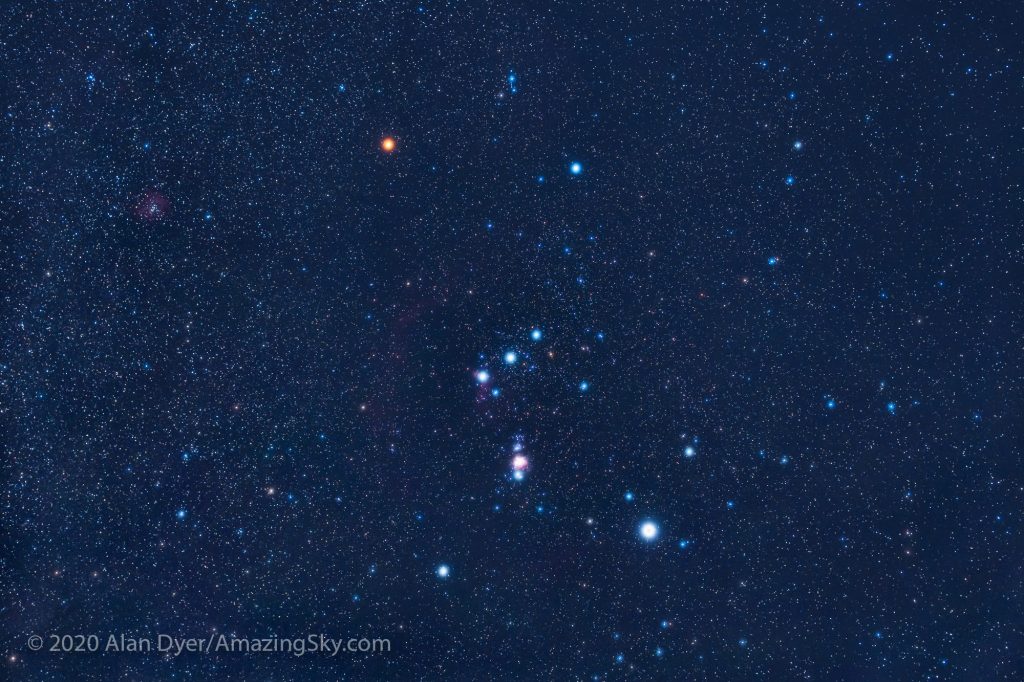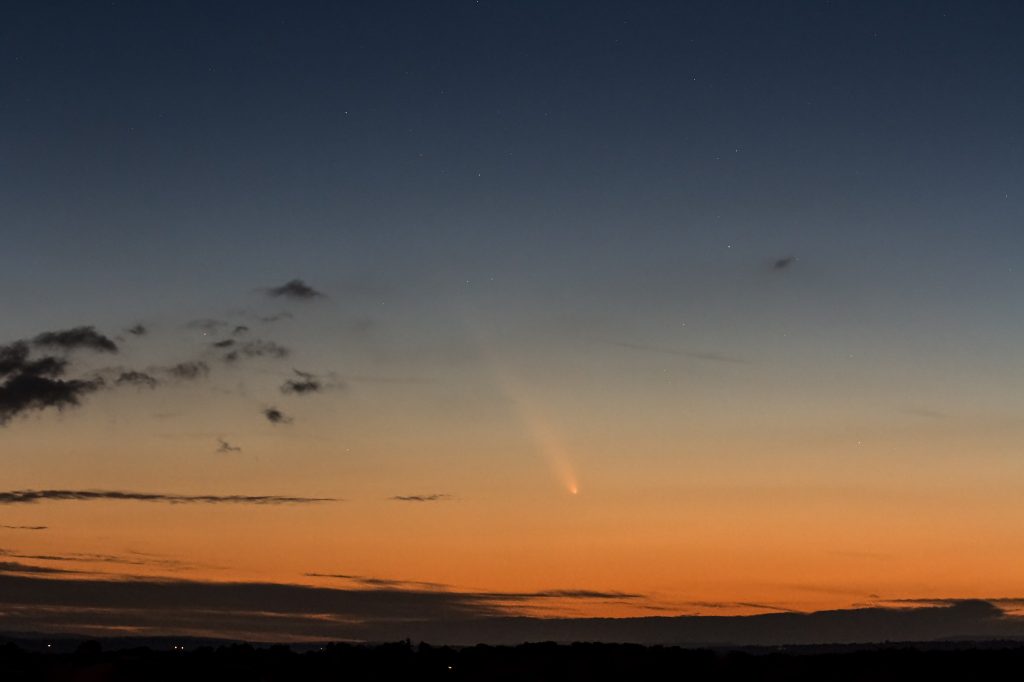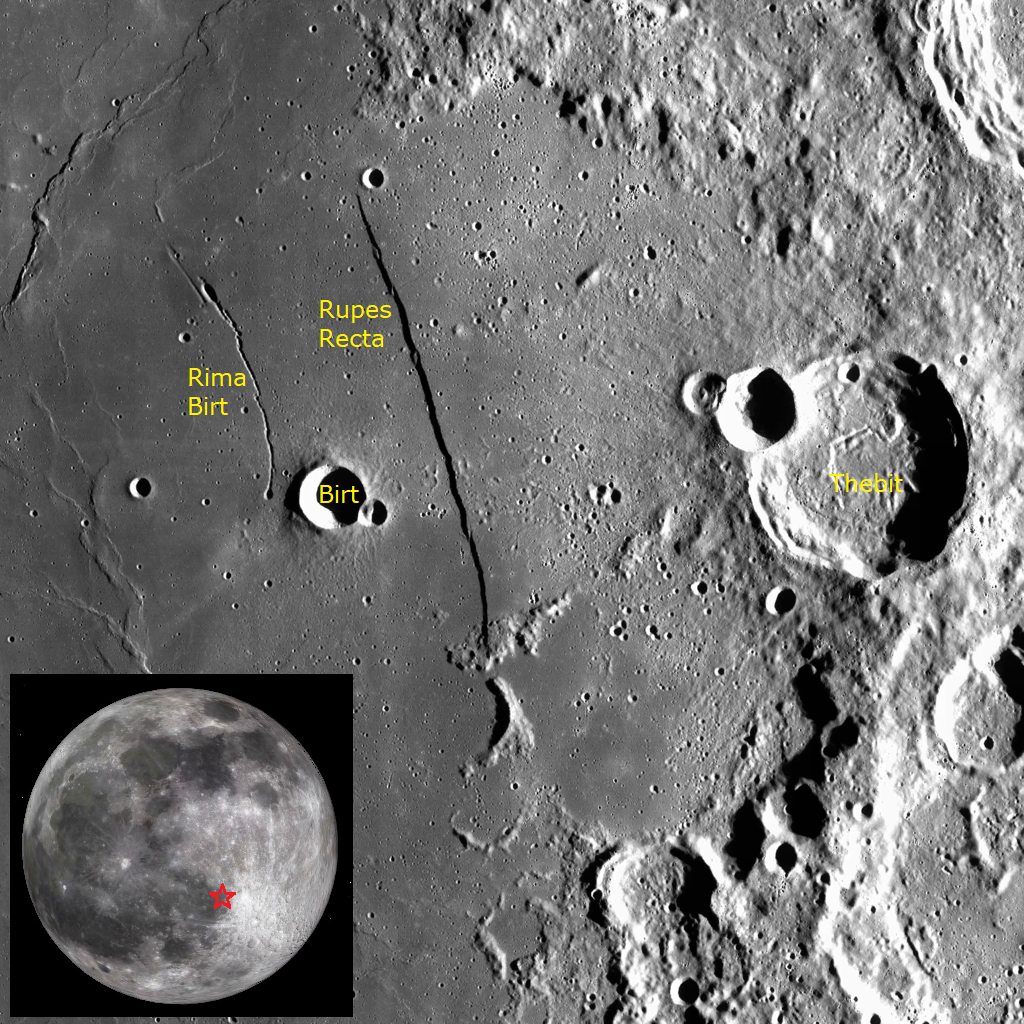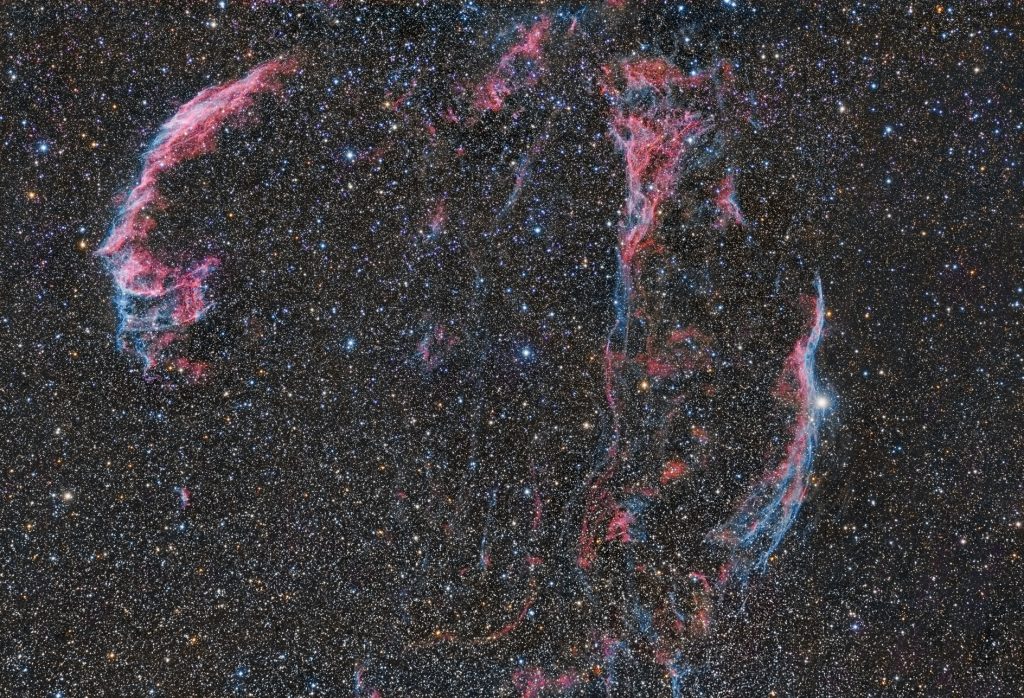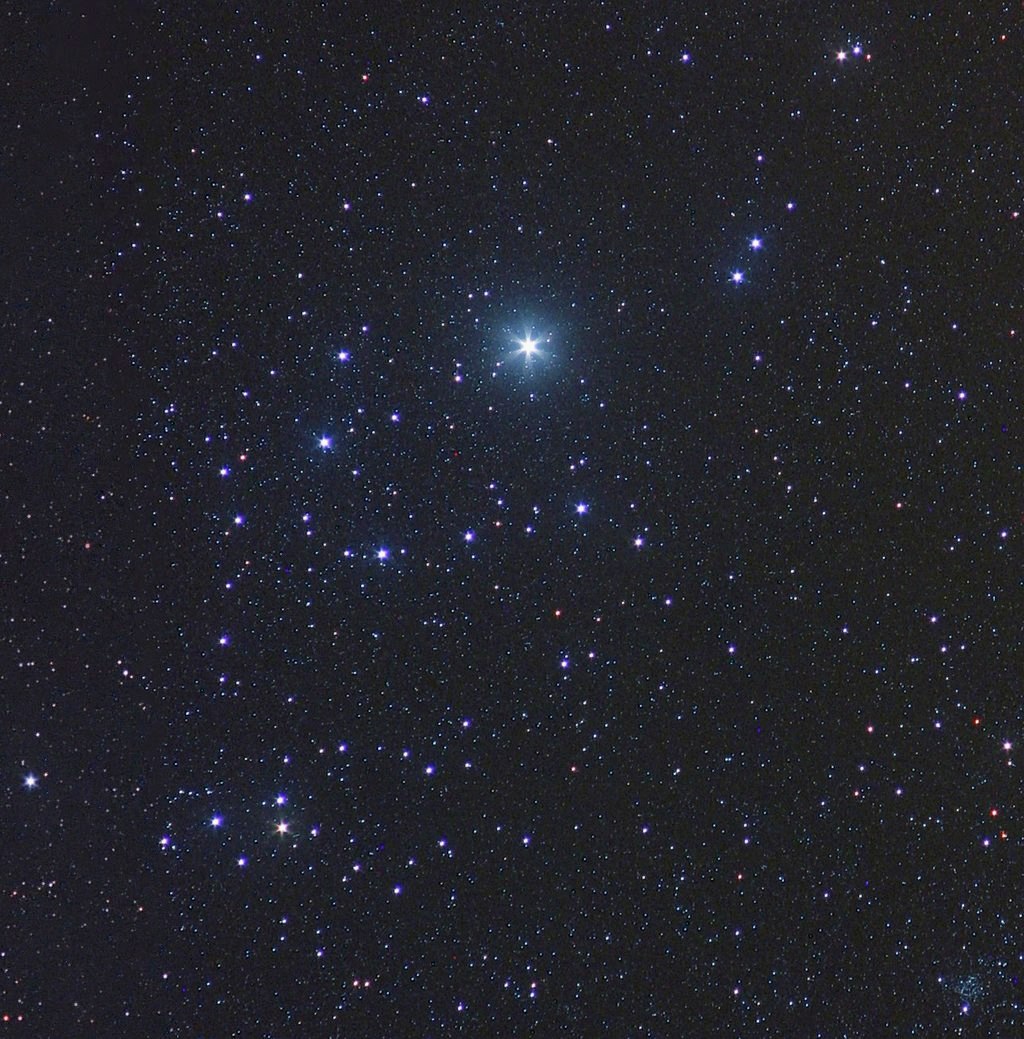Moon Leaving Eve Gives Late Winter Treats, Northern Spring Begins, and Saturn Loses it Rings While Venus Gains One!
This magical image of the sword of Orion was captured and processed by my friend John Deans when he was in Bancroft, Ontario on February of 2021. All three patches of light from top to bottom are visible to unaided eyes below Orion’s three-starred belt. Binoculars and backyard telescopes will reveal the spectacular details in…
Read more
